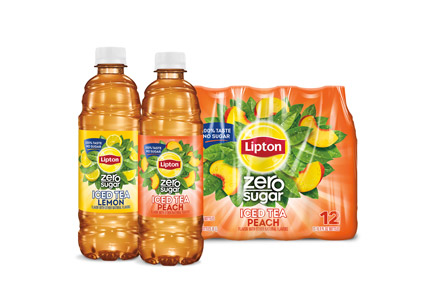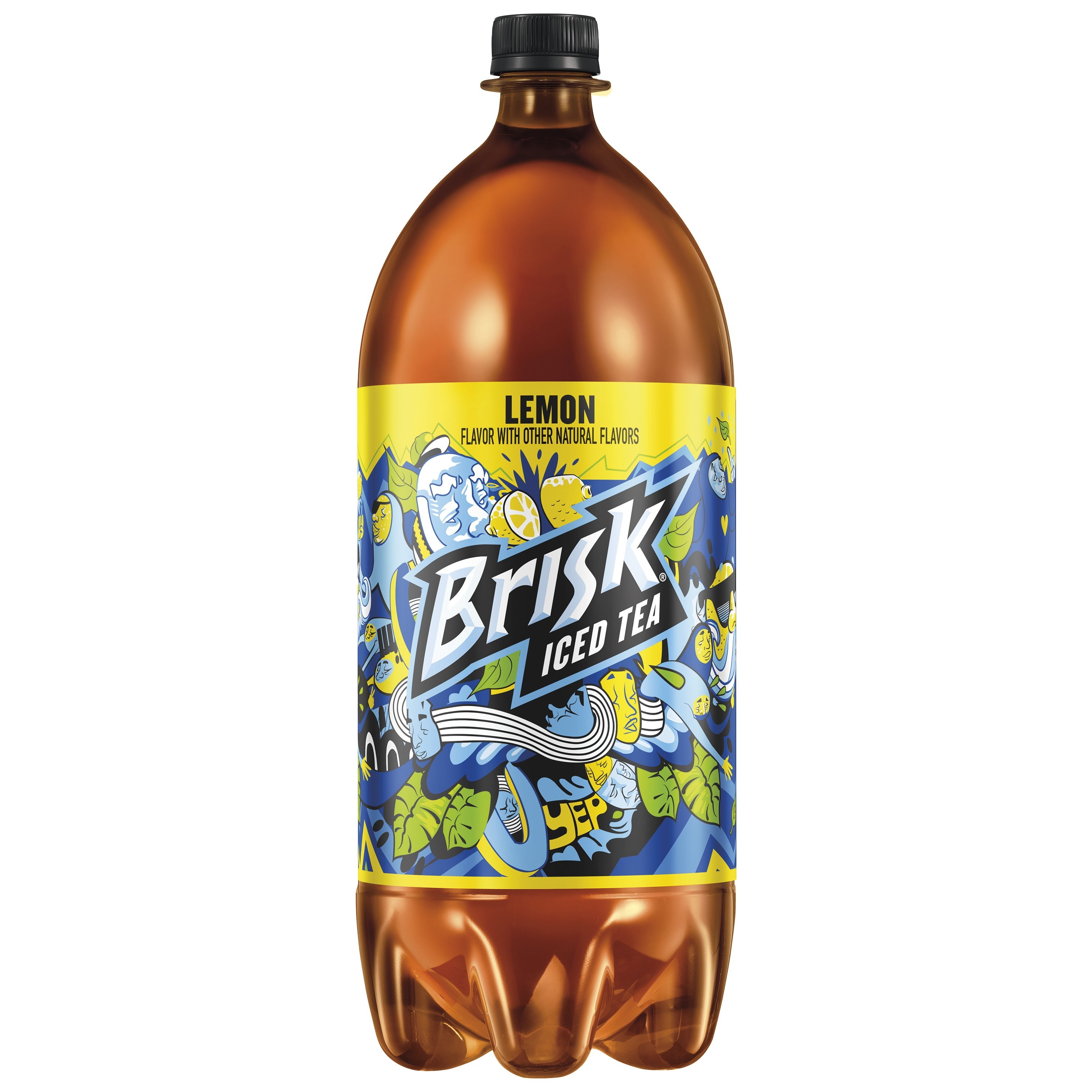
A lot could go wrongĪ company blog post detailing the launch of Diet Coke noted that “colas accounted for 60% of all soft drink sales in the US back then, but diets were growing three times faster than the rest of the category. George Frey/Getty ImagesĬoke is changing the recipe of a popular drink.

Pallets of Coke-Cola Zero cans wait to the filled at a Coco-Cola bottling plant on Februin Salt Lake City, Utah. Looking to expand beyond Tab, Coca-Cola launched Diet Coke in 1982.Īt the time, Coca-Cola was facing many of the same challenges it is fighting today: It needed to reinvigorate the Coca-Cola brand, and thought adding a Coke-branded diet option could help. The segment gained steam in the following years. Diet Rite was a hit, prompting Coca-Cola to introduce Tab in 1963, and Pepsi to start selling Diet Pepsi a year later. “It was first stocked among medicines rather than soft drinks, but focus soon shifted to the growing number of weight loss dieters nationwide,” she wrote. Caitlin O'Hara/Bloomberg/Getty Imagesĭiet drinks first became popular in the 1960s.ĭiet Rite, a no-calorie drink from the soda maker Royal Crown Cola, was launched in 1958 “as an option for diabetics and other consumers who needed to limit their sugar intake,” wrote Emily Contois, author of “Diners, Dudes, and Diets: How Gender and Power Collide in Food Media and Culture,” in a 2020 piece for Jezebel. The industry needs those customers if it wants to grow the soda market.ĭiet sodas become popular in the 1960s. The tactic could help soda makers bring more consumers, especially younger ones, into the fold. Diet soda sales are up about 19.5% from 2018, compared to just 8.4% for regular soda in the same period, making it an attractive segment for soda makers seeking growth.Įvolving attitudes toward dieting as a concept mean soda makers have to de-emphasize diet branding as they steam ahead with zero-sugar offerings - even when, as in the case of those brands owned by Keurig Dr Pepper, they’re selling the same exact drink. The segment is still far smaller than the market for regular carbonated soft drinks, which was $28.2 billion in 2020, but it’s growing much more quickly. In 2020, the US retail diet carbonated soft drink market hit $11.2 billion, according to Mintel, a market research company. The diet soda segment, which includes diet and zero-calorie branded drinks, has ballooned since it first hit the mainstream in the 1960s. Daniel Acker/Bloomberg/Getty Imagesīut distaste for the word diet doesn’t signal an aversion to no-calorie beverages. “No Gen Z wants to be on a diet these days,” he said, adding that the company is “going to continue to innovate and support that business.”ĭiet 7UP is dead. Pepsi rebranded “Pepsi Max” as “Pepsi Zero Sugar” in 2016 and has been investing in its zero-sugar offerings over the past few year. “Younger people just don’t like the word ‘diet,” said Greg Lyons, chief marketing officer at PepsiCo Beverages North America, during the Beverage Digest Future Smarts conference in December.

The reason for the overhaul: The word “diet” has fallen out of fashion - especially for Millennials and Gen Z-ers.

Canada Dry and Schweppes ginger ales, 7Up, A&W and Sunkist, made by Keurig Dr Pepper, now label their diet drinks “zero sugar.” (One exception is the namesake Dr Pepper brand, which will still come in “diet” packaging in addition to a different zero sugar version.) “Zero sugar” has replaced “diet” for many no-calorie soft drinks. Instead you’ll find those beverages under their new branding: zero sugar.

That’s because some diet sodas are disappearing - or at least, that packaging is gone. As you make your way through the soda aisle, you may notice a lot less of the word “diet” than you used to.


 0 kommentar(er)
0 kommentar(er)
